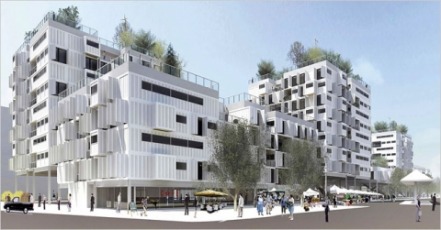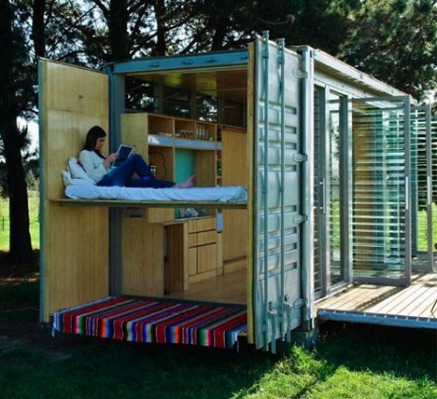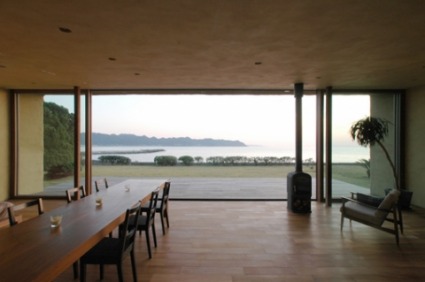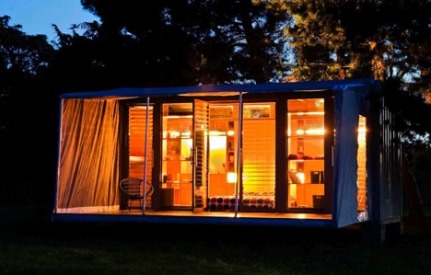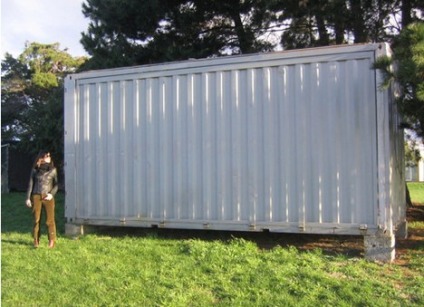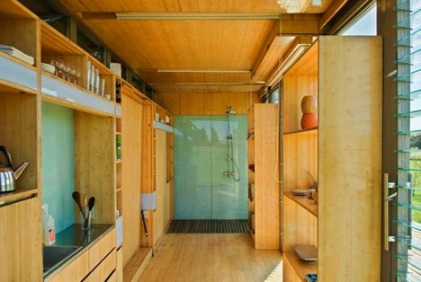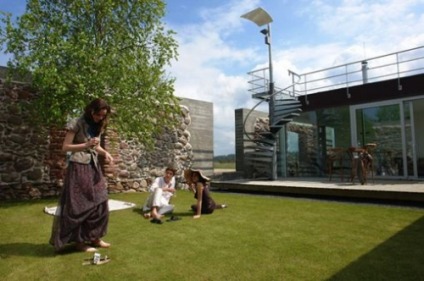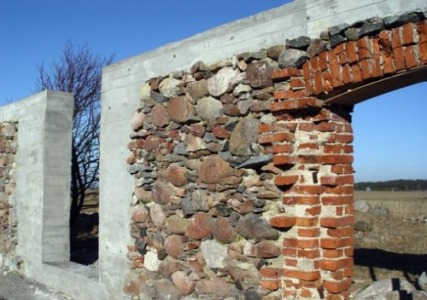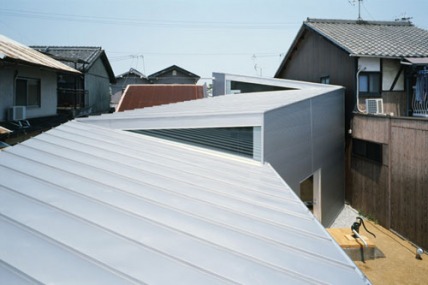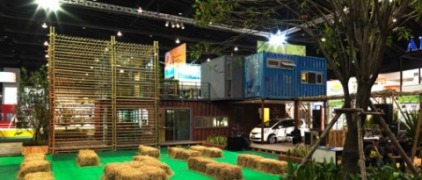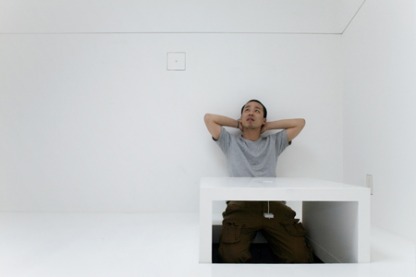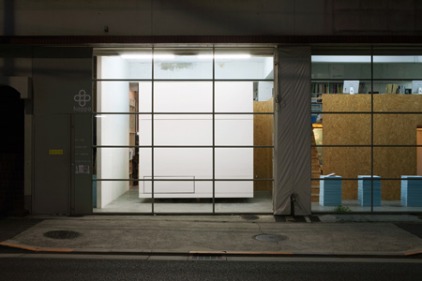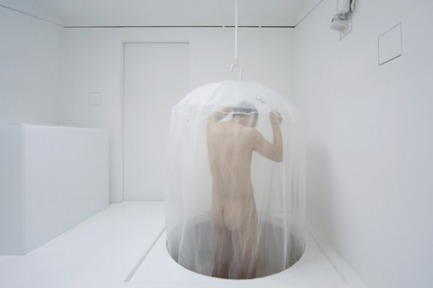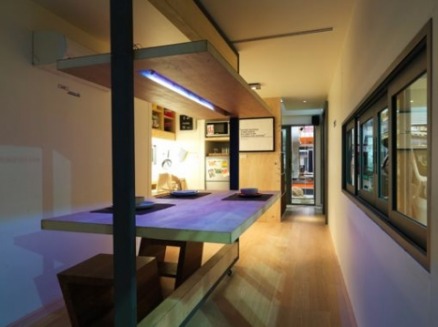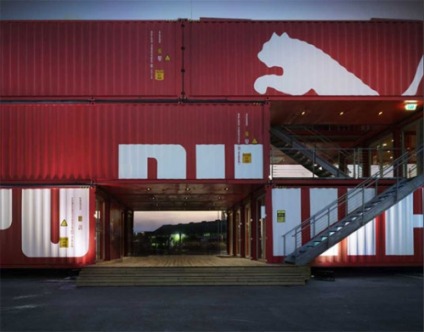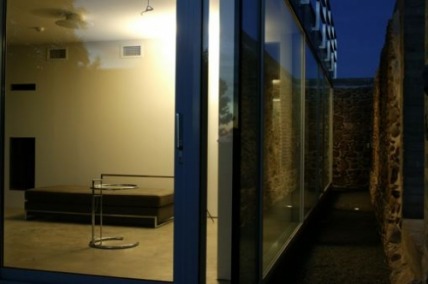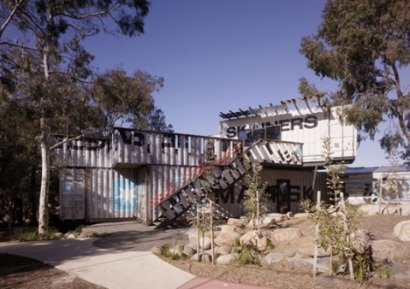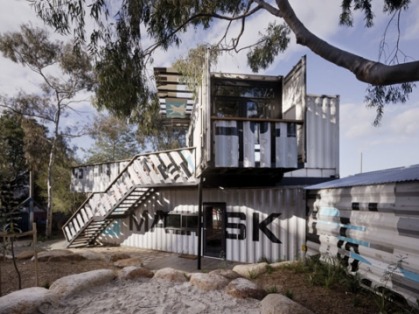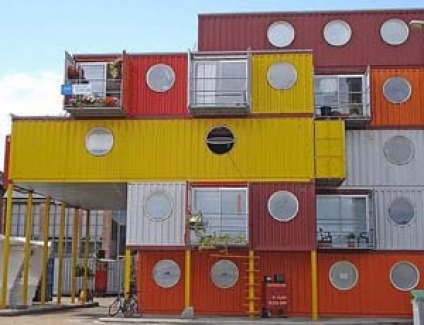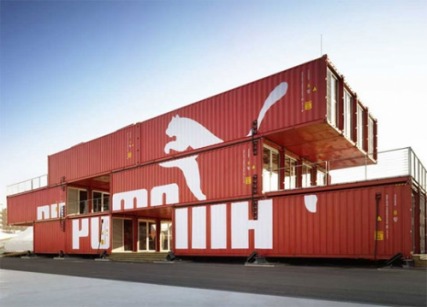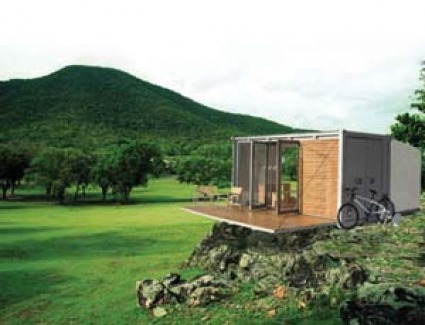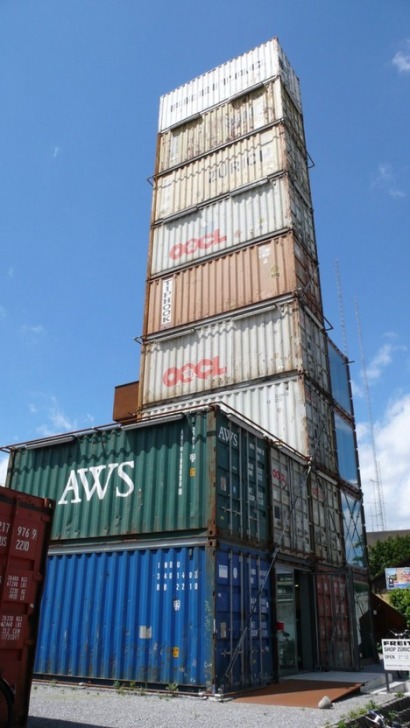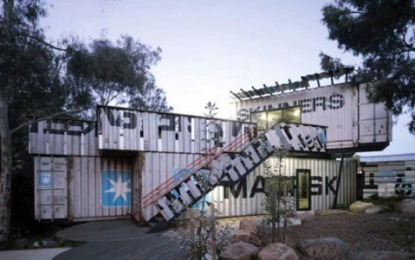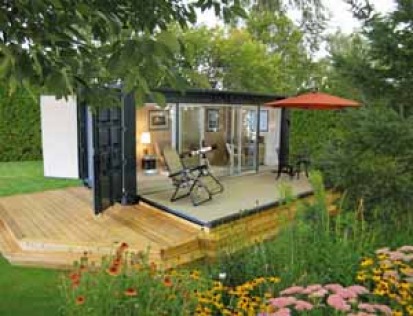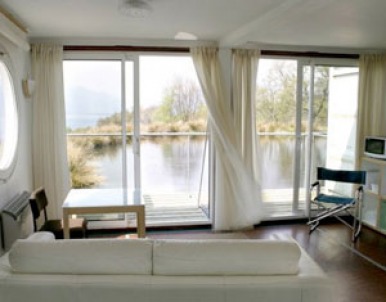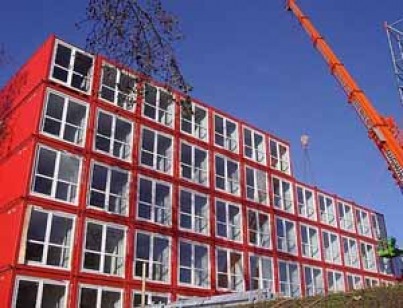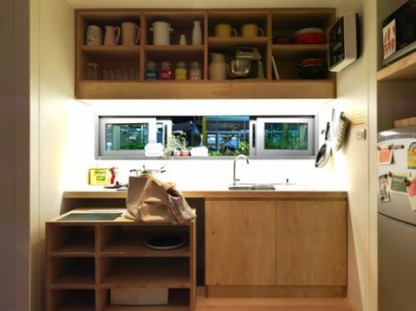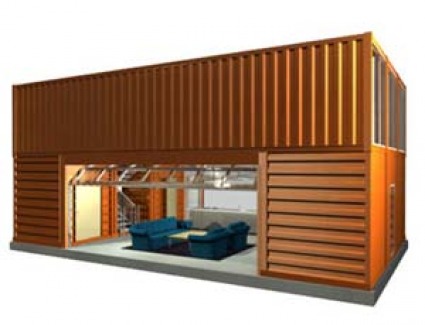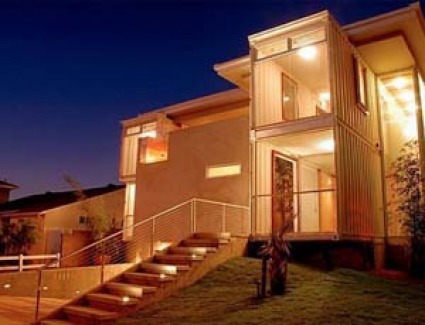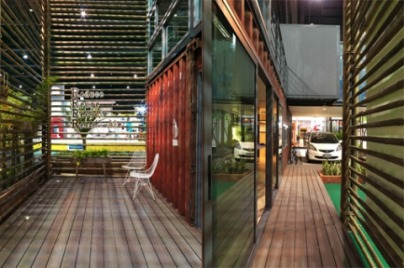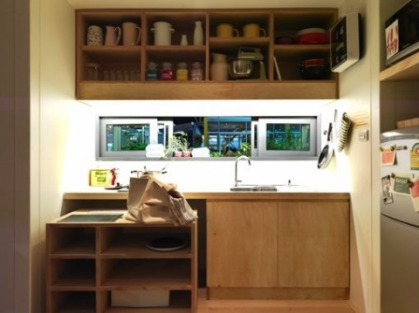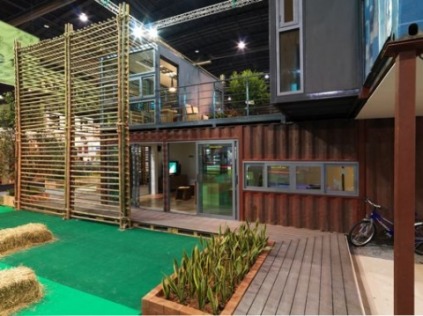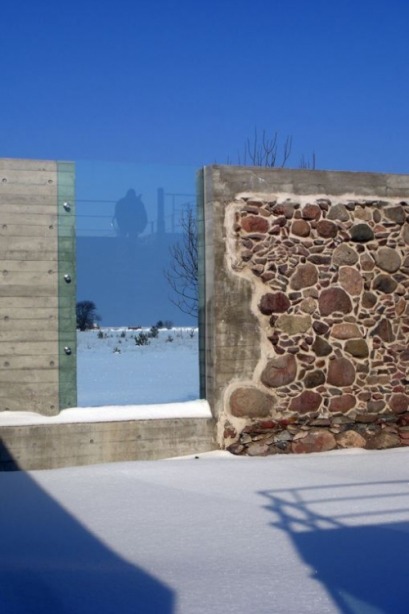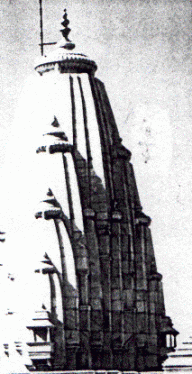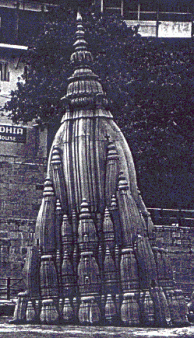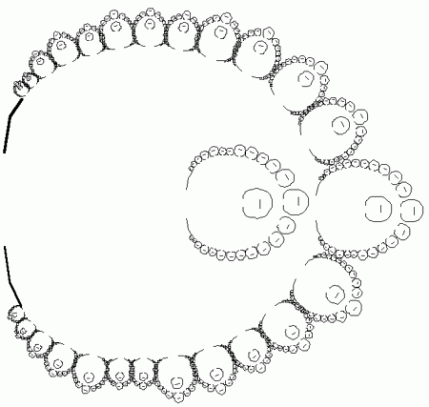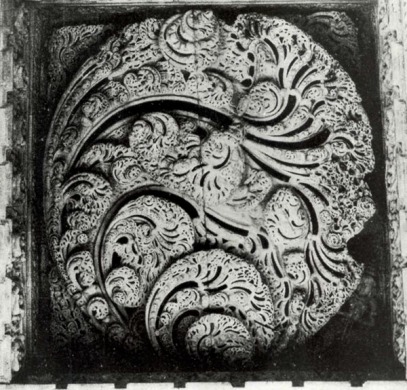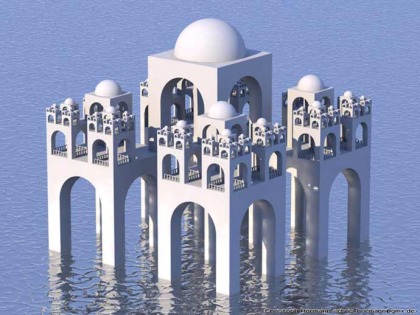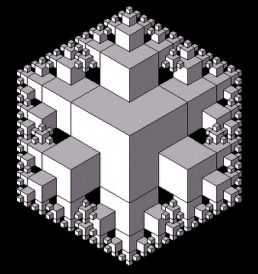Architectual.Gravitas
Twelve amazing shipping container houses By Brian Clark Howard
Posted Mon Mar 16, 2009 10:50am PDT
http://green.yahoo.com/blog/daily_green_news/8/twelve-amazing-shipping-container-houses.html
Posted Mon Mar 16, 2009 10:50am PDT
http://green.yahoo.com/blog/daily_green_news/8/twelve-amazing-shipping-container-houses.html
Puma City Nov. 2008

Usually, when we think of a mobile store, we imagine a small shop that can be pack up and put in a truck. But Puma has commissioned LOT-EK to design a 11,000 sq.ft. Mobile structure that is currently traveling around that world. Puma City is made of 24 refurbished shipping containers that can be taken apart for trasportation.
Recycled shipping containers ...
www.inhabitat.com
www.buildinggreentv.comLOT-EK SHIPPING CONTAINER HOUSE,
.. on the Shipping Container House ...
www.neatorama.com... Shipping Container Houses
ecoble.comShipping Container house Wellington ...
www.flickr.comShipping Container Homes ...
zedomax.comShipping Container House - Atlanta
www.runkleconsulting.com
www.iconocast.com
www.inhabitat.com
www.buildinggreentv.comLOT-EK SHIPPING CONTAINER HOUSE,
.. on the Shipping Container House ...
www.neatorama.com... Shipping Container Houses
ecoble.comShipping Container house Wellington ...
www.flickr.comShipping Container Homes ...
zedomax.comShipping Container House - Atlanta
www.runkleconsulting.com
www.iconocast.com
Fractal Furniture
Ancient Fractals
Fractal Architecture in Religions of old. Especially in India,
WOW check the recursive construction of these temples!
WOW check the recursive construction of these temples!
Here is an amazing raytraced Fractal Temple i found on the web
- A fractal is generally "a rough or fragmented geometric shape that can be split into parts, each of which is (at least approximately) a reduced-size copy of the whole," a property called self-similarity. Roots of mathematical interest on fractals can be traced back to the late 19th Century, the term however was coined by Benoît Mandelbrot in 1975 and was derived from the Latin fractus meaning "broken" or "fractured." A mathematical fractal is based on an equation that undergoes iteration, a form of feedbackrecursion.
A fractal often has the following features:
Images of fractals can be created using fractal-generating software. Images produced by such software are normally referred to as being fractals even if they do not have the above characteristics, as it is possible to zoom into a region of the image that does not exhibit any fractal properties.
A fractal often has the following features:
- It has a fine structure at arbitrarily small scales.
- It is too irregular to be easily described in traditional Euclidean geometric language.
- It is self-similar (at least approximately or stochastically).
- It has a Hausdorff dimension which is greater than its topological dimension (although this requirement is not met by space-filling curves such as the Hilbert curve).
- It has a simple and recursive definition.
Images of fractals can be created using fractal-generating software. Images produced by such software are normally referred to as being fractals even if they do not have the above characteristics, as it is possible to zoom into a region of the image that does not exhibit any fractal properties.
Most of the fractals you see in the media look so complicated and off-limit to ordinary people. But the essence of fractals is quite simple and approachable. Children love them and with a little bit of imagination even they can create visually exciting fractals.
Both fractals above are derived from hexagons and yet the visual effect that they have on us is quite different.
This can be a good craft project for students; this fractal can be easily made by cutting out cardboard into hexagons of various sizes and gluing them together in different elevations to form a fruit bowl.
Both fractals above are derived from hexagons and yet the visual effect that they have on us is quite different.
This can be a good craft project for students; this fractal can be easily made by cutting out cardboard into hexagons of various sizes and gluing them together in different elevations to form a fruit bowl.
-- (almost)the Mother of All Fractals: The Mandelbrot Set --
elow are a few Self-Same Julia-Sets with lines to where they correspond to Points on the boundary of the Self-Similar but never-repeating Mandelbrot Set.
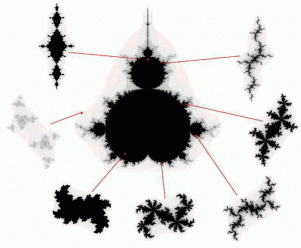
julia_mandel
---- The Mandelbrot set, perhaps the most famous Fractal. Stunning, enigmatic and potentially useful in future technological applications such as data storage, information analysis, even in fractal antennas.----
--To begin any introduction to the mandelbrot set we need to first mention Julia Sets. --
--The mandelbrot Set is a fractal mapped on an X-Y Coordinate grid.
--The mandelbrot is the fractal across the whole 'complex plane' or grid.
--For EACH POINT on the grid there is an infinitely repeating fractal shape called a julia set.
--The Mandelbrot Set is the SUM of ALL possible Julia Sets in the Complex plane.
-- you start at the needle and move to the inner cusp, it's a map of every possiblr curve or spiral.
--The Mandelbrot set is the rounded branching image in the center, it contains infinitely many copies of itself, each one unique and containing equally many sub-mandelbrot-sets. All as one single line enclosing the Boudary in Black.
--To begin any introduction to the mandelbrot set we need to first mention Julia Sets. --
--The mandelbrot Set is a fractal mapped on an X-Y Coordinate grid.
--The mandelbrot is the fractal across the whole 'complex plane' or grid.
--For EACH POINT on the grid there is an infinitely repeating fractal shape called a julia set.
--The Mandelbrot Set is the SUM of ALL possible Julia Sets in the Complex plane.
-- you start at the needle and move to the inner cusp, it's a map of every possiblr curve or spiral.
--The Mandelbrot set is the rounded branching image in the center, it contains infinitely many copies of itself, each one unique and containing equally many sub-mandelbrot-sets. All as one single line enclosing the Boudary in Black.
